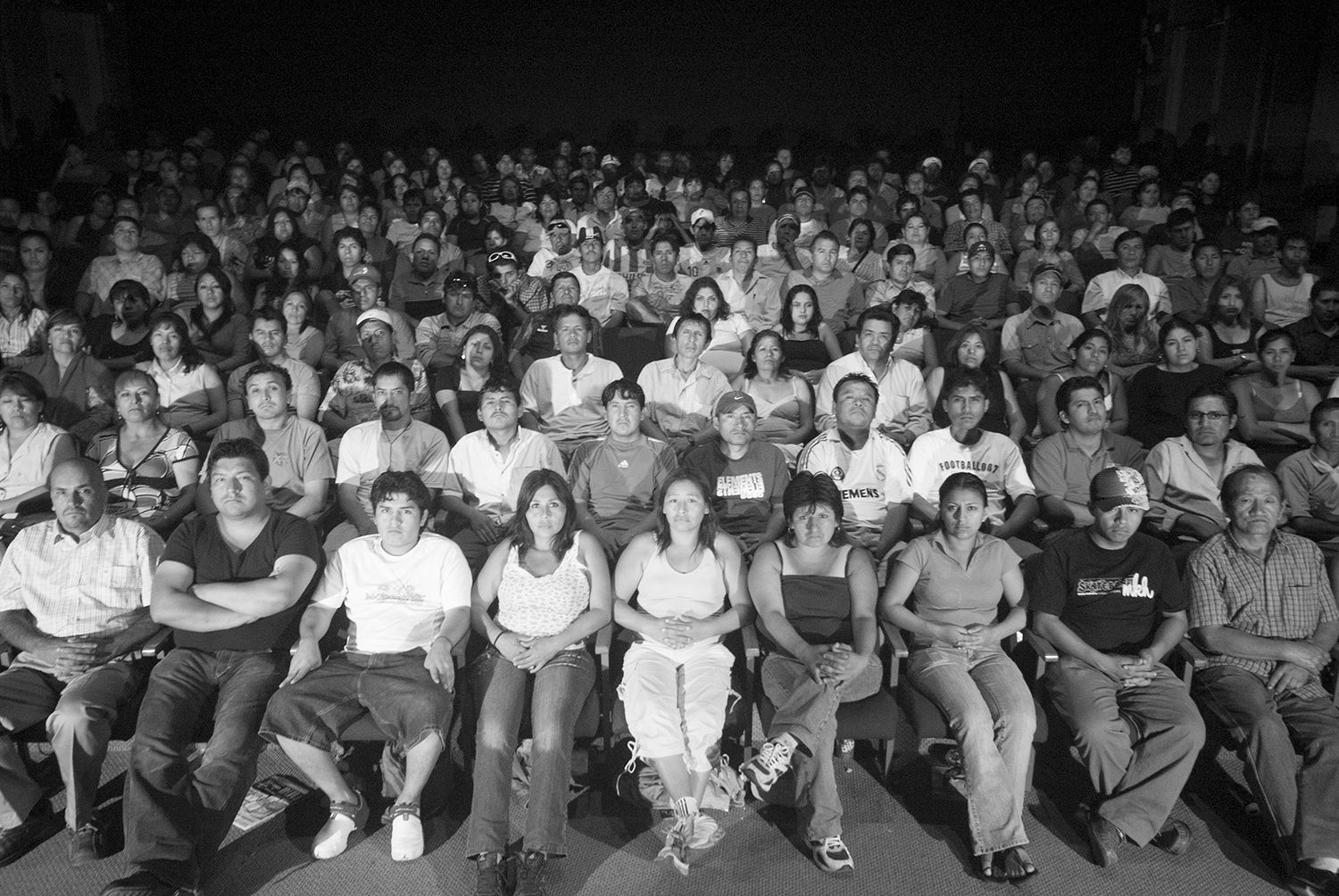Shows
“The Szechwan Tale. China, Theatre and History”


Presented at the FM Centre for Contemporary Art in Milan, “The Szechwan Tale. China, Theatre and History” delved into the relationship between visual art and theater in Asia and Europe through a multimedia showcase, featuring 32 works by international artists.
The exhibition’s title references The Good Person of Szechwan, one of the most popular plays by Bertolt Brecht, written in 1940. Although he never visited China, the German playwright and poet set many of his scenes and writing in China, and drew inspiration for his major contribution to theater—the technique of estrangement—from a performance by the legendary Beijing Opera actor Mei Lanfang, which he witnessed in Moscow in 1935. Brecht’s “estrangement” involved exposing performance’s artificiality to activate a critical conscience in the audience, an idea that had lasting influence in the performing arts.
First conceived of by curator Marco Scotini for the first Anren Biennial in 2017, “The Szechwan Tale” built on Brecht’s concept with a number of pieces that invite viewers to become active agents in the exhibition. Kicking off the show, Memory Wardrobe (1968/2017) by Italian artist Michelangelo Pistoletto consists of a rack of Chinese theatrical costumes, including garments from the Beijing Opera, jackets from the Cultural Revolution and Sichuan peasants’ outfits. Visitors were encouraged to wear them to become actors. Similarly working with bodily adornment, Qiu Zhijie’s Greeting (2013) filled seven shelves with 70 colorful, grinning masks, typically used during festivities in China, enjoining visitors to wear a grin on their face as they walked through the exhibition.
In a different way, Dan Graham’s video Audience Mirror (1975) also tackles Brecht’s idea of presenting viewers with situations that evoke reflexivity about one’s own perspective. The footage documents a performance in which the artist narrates his own gestures and describes a crowd of onlookers’ reactions—all in front of a mirror, provoking an acute sense of self-awareness.
In several pieces, theatrical staging is used as a means to advance critiques of past and present political situations. Ruins of the Intelligence Bureau (2015), a single-channel video by Taiwanese artist Hsu Chia-Wei, opens with a traditional Thai puppet show being performed by three masked men on the razed headquarters of a former Kuomintang covert-intelligence agency in the northern Thai village of Huai Mo. The frame then cuts to a screening of the recorded performance in an editing studio, while a veteran from the Intelligence Bureau narrates how he was transplanted and then stranded in Thailand, following the Chinese Civil War in 1950 and several battles in United States-supported campaigns against Burmese communist rebels along the Thai-Burmese border during the Cold War. Unable to return home to Taiwan because of the changed political climate, the officers then became displaced people with no national identification.

Likewise inspired by social critique was Santiago Sierra’s performance La Trampa (2007), represented in the show with two large photographs facing each other in a narrow hallway. For this work, Sierra invited 13 Chilean politicians to the Centro Cultural Matucana 100 in Santiago, Chile, in 2007, and asked them to walk down a narrow corridor, at the end of which they found themselves standing on a stage, facing an audience of 186 performers—mostly underpaid illegal immigrants—simultaneously becoming spectators and actors of a social drama.
Dispersed throughout the exhibition were scripts and books, documenting the development of Soviet theater from 1917 to 1938, and the early animated debates that took place between representatives of European and Soviet theaters in a still internationalist context, prior to the ascendancy of Socialist Realism. Additionally, several vintage pictures record the meetings of Mei with Brecht as well as Russian playwrights, filmmakers and intellectuals, including Sergei Eisenstein and Alexander Tairov, during Mei’s tour in Moscow in 1935. There were also photos of his most renowned performances where he played female roles. Mei's visit testified to European interest in Chinese theater, with its different acting techniques and stage constructions, based on the display of props, which were considered creative material that could renew an exhausted Western tradition.
“The Szechwan Tale. China, Theatre and History” would perhaps have benefited from clear divisions between the thematic sections, fostering an easier reading of the many different theater-inspired trends of thought that infused the artworks on display. The show was nevertheless a thought-provoking overview of the influence of theater on the development of contemporary art both in Asia and the West.
“The Szechwan Tale. China, Theatre and History” is on view at the FM Centre for Contemporary Art, Milan, until July 15, 2018.







